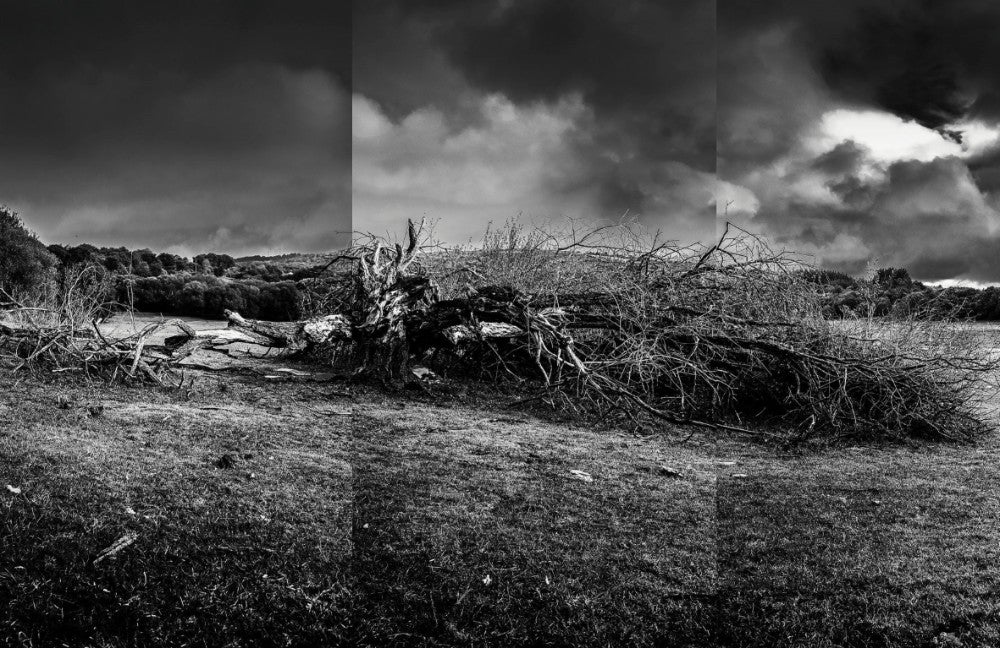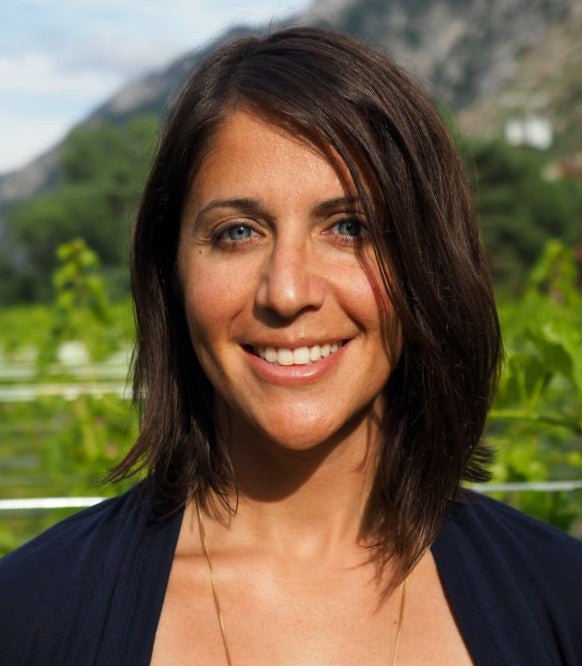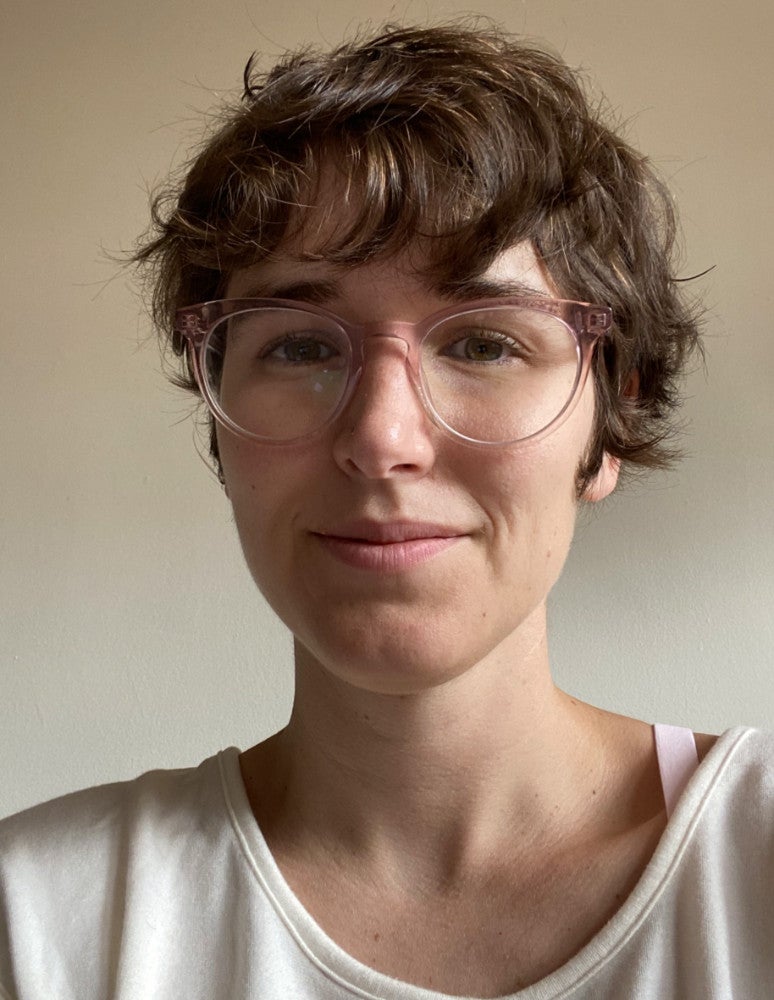
‘Immeasurable Loss’



As a pediatrician, Ibrahim Shaeer Jabbar Al-Jumaili had dedicated his life to children. On July 22, 2011, the professor of medicine at Kirkuk University in Iraq was murdered while resisting a kidnapping attempt. He was 55.
Al-Jumaili was one of hundreds of Iraqi academics assassinated between 2003-13. And given that not a single person has been charged in those murders, his name was destined to slip into the bloody history of the U.S.-led invasion and occupation of Iraq.
But thanks to a collaboration founded in the wake of bombing that devastated one of Baghdad’s most important cultural institutions, artists and activists are working to ensure the victims are seen as “people, teachers, members of a family, part of a university,” said Beau Beausoleil, whose “Shadow & Light” project the exhibition is drawn from.
“Shadow and Light,” a virtual exhibition hosted by the UC Santa Barbara Library, memorializes 13 of the murdered educators with photos and text contributed by artists from around the world.
Project director Beausoleil and UCSB co-curators Mona Damluji and Heather Hughes will participate in a conversation about the exhibit. The event, “Immeasurable Loss: Honoring Assassinated Iraqi Academics in “Shadow and& Light,” is sponsored by the UCSB Center for Middle East Studies and will be moderated by doctoral candidate Rachel Winter via Zoom on May 11, from 4 to 5:30 p.m. Join the discussion here.
Beausoleil, a poet and activist based in San Francisco, founded the “Shadow and Light” project in 2018, 11 years after he created “Al-Mutanabbi Street Starts Here,” an arts initiative and collection conceived after a car bomb killed 30 people on Al-Mutanabbi Street (the street of booksellers) March 5, 2007.
In the “Shadow and Light” project, people from all over the world selected the name of an assassinated Iraqi academic to memorialize with a photograph and a personal narrative. So far, 45 individuals have been commemorated from a list of 324 assassinated Iraqi academics. Some estimates put the number of victims at over 700.
“Beau unites people,” said Damluji, an associate professor in the Department of Film and Media Studies. “His projects shed light on the catastrophic destruction of Iraq’s cultural institutions and the lives of Iraqis. Yet he does so in a manner that is fundamentally creative. His projects have created communities and cultivated connections and culled the craft of artists, poets, bookmakers, photographers and thinkers from around the world who share a commitment to celebrate the best of humanity while recognizing the violence of militarism, occupation and colonialism.”
“Shadow and Light” came to the seaside campus because Hughes, a Middle Eastern studies librarian at the UCSB Library, was paying attention. In 2019 Beausoleil sent emails about the exhibition to roughly a dozen university librarians. Only Hughes responded.
“I was fortunate that Beau reached out to me about this wonderful project,” she said, “and Mona’s enthusiasm for the project was really valuable in getting library support. Alex Regan, UCSB’s events & exhibitions librarian, was also really supportive in bringing the exhibition to UCSB.”
(In addition to the online exhibit, Regan said, the library will install the 13 photographs and the accompanying artist statements in its Art & Architecture Collection this summer. It will remain on display through at least the fall quarter.)
Since the exhibition is online, it establishes a teaching resource for university classrooms, Damluji said.
“I hope that faculty and graduate students will include the exhibit in their courses and I look forward to the opportunity to work with others to develop pedagogies for engaging the exhibit,” she emphasized.
And because the exhibition will be available everywhere, Damluji and Hughes hope its message spreads beyond the campus.
“Originally, I was thinking about how involved the United States has been in the Middle East and in Iraq, yet how little the impact of that invasion and conflict has been felt by most Americans,” Hughes said. “I hoped this exhibit could bridge some of that distance for attendees. By bringing into focus the lives and deaths of these Iraqi academics, maybe we could challenge the configuration of Iraqis and Middle Easterners as ‘ungrievable lives.’ I’m still hoping that the UCSB community is able to engage with this material, but again as the exhibit is now available beyond Santa Barbara and the United States, I hope the international aspects of this project could inspire more solidarity between people.”
Beausoleil, who said the impact of seeing an exhibition like “Shadow and Light” sometimes takes days to register, hopes the people who view it will see the Iraqi academics as not unlike their own professors.
“The exhibit is structured in a way that leaves room for much thinking and discussion,” he said. “It is a quiet exhibit of respect for these lives that were so easily judged and discarded. The closer we examine our own lives and history the more we realize that we have a collective responsibility to close the distance between us, one that has been artificially created by those in power.”
For Damluji, whose research focuses in part on the history of Iraq and its diasporas, co-curating “Shadow and Light” was wrenching at times, but it also resonated personally.
“The experience of curating this magnificent exhibit has been haunting,” she said. “It disrupted my sleep. The images and names of assassinated Iraqis live with me in the silences of my day. On the one hand, these stories are personal to me because I am Iraqi and come from a family of academics. And yet, the stories are personal to all of us, no matter who we are or where we come from. Just imagine being made to fear for your life, or losing your life because of the work you do to educate, to learn, to serve your students and campus. Imagine that.
“It feels deeply personal because our passion as educators,” Damluji continued, “and our dedication to uphold the right to education is what unites us across this campus and with other public universities around the globe. The exhibit tells the stories of devastation not only for Iraqis, but for humanity.”



